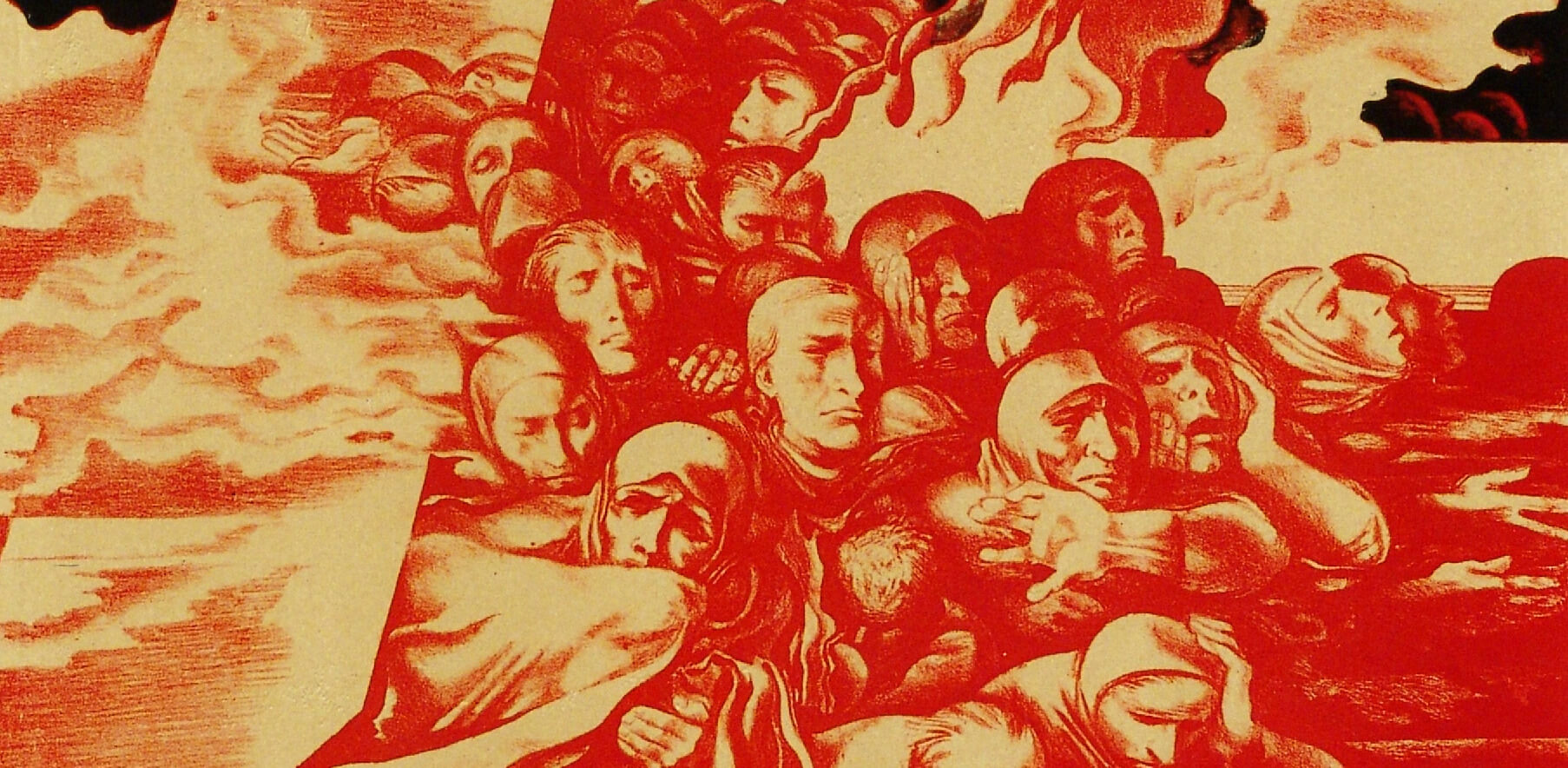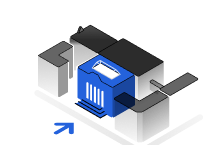This phrase ‘Never again!’ as the exhibition title was first used in April 1945. The recently released prisoners of the Buchenwald Concentration Camp wrote it in different languages on hand-made boards. It is carved on stone in the death camps of Treblinka and Dachau. This slogan is used around the world as a call to fight against fascist genocide and to ban all forms of genocide.
Having started World War II and having adopted the Barbarossa plan to attack the USSR and the Generalplan Ost, the German leadership developed documents in which war crimes as a part of the state policy.
The genocide of the local population began in the occupied territories of the BSSR. It led to the destruction of about three million citizens (1/3 of the population of the republic). About 400 thousand people were sent to forced labor. Tens of thousands died, because people were unable to withstand the harsh conditions of exploitation.
More than 140 major reprisal raids were carried out on the territory of modern Belarus. More than nine thousand villages were destroyed. The symbol of them is Belarusian Khatyn. There were over 500 detention facilities of the civilian population, 260 death camps and 170 ghettos during the war in Belarus. 1.4 million people were killed there. So, about 540 thousand people were killed in the Trostenets Concentration Camp. The exact number of victims has not been established until the present.
The Minsk Ghetto was one of the largest in Europe. It ranked second in terms of the number of prisoners after the Lviv one in the occupied territory of the USSR. About 120.000 Jews were in the Minsk Ghetto. 105.000 prisoners died there.
Since the 1940s, Belarusian artists started painting the tragedy that took place on Belarusian land. The most emotional and tragic images were created by Mikhail Savitski, People’s Artist of the USSR, by Vasil Sharanhovich and Hieorhij Paplauski, People’s Artists of Belarus, and by Lazar Ran, Honored Artist of Belarus. The exhibition includes 14 graphic plates and the painting ‘Execution’ by Mikhail Savitski. It is divided into three sections: ‘Requiem’ (colored lithographs by Vasil Sharanhovich), ‘Epitaph’ (lithographs by Lazar Ran) and ‘Accusation’ (etchings by Hieorhij Paplauski and paintings by Mikhail Savitski). These artists saw the war with their eyes. Lazar Ran lost his family, Mikhail Savitski was in one of the concentration camps, or Vasil Sharanhovich and Hieorhij Paplauski lived in the occupied territory. Their works are an artistic accusation against fascism.
The investigation of genocide of the Belarusian people during the Great Patriotic War is a tribute to the memory of the dead, innocently destroyed citizens of our country. At the same time, this is observance of the principles of definitive responsibility, restoration of historical and social justice, and protection of the Belarusians’ interests. This serves to implement the anti-fascist principle: ‘Never again!’
In order to preserve the memory of the millions of Soviet citizens who became victims during the Great Patriotic War and the post-war period, the Law of the Republic of Belarus ‘On the Genocide of the Belarusian People’ was adopted in January 2022.
As a result of the criminal investigation, it is planned to appeal to international organizations on the recognition of genocide of the Belarusian people at international level.





